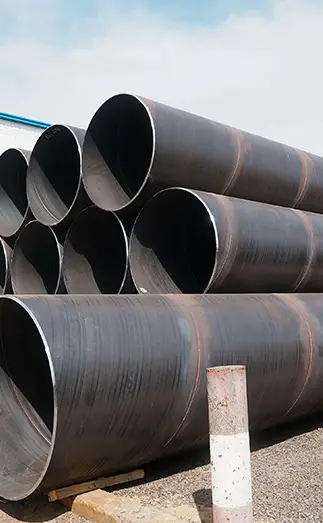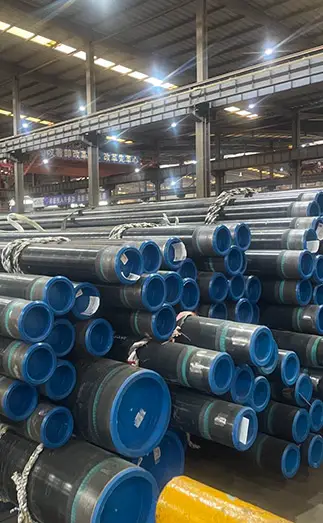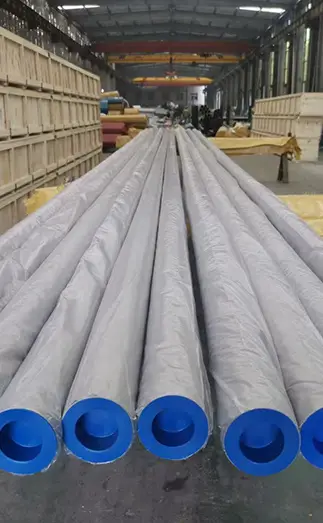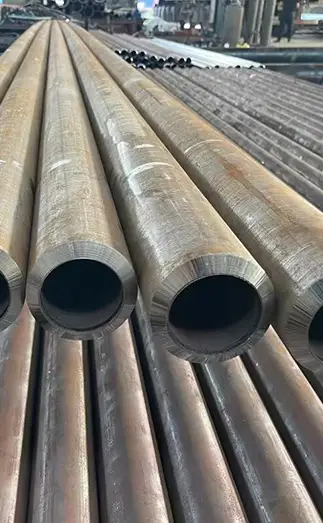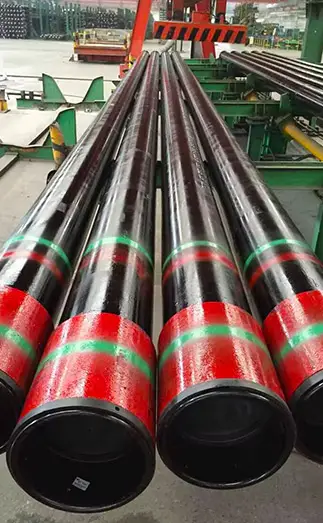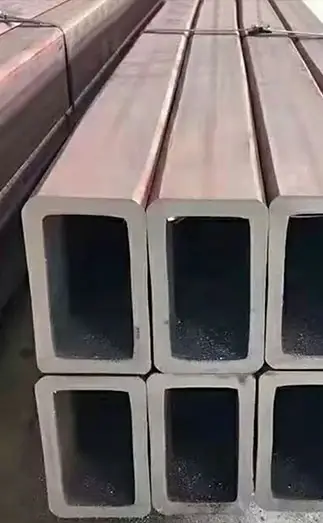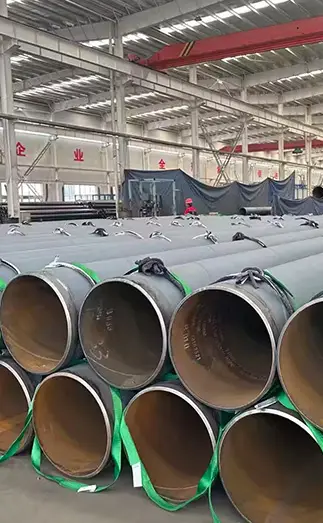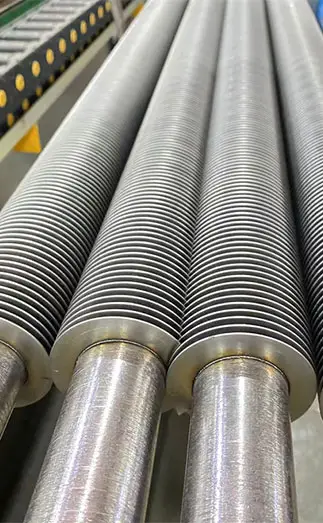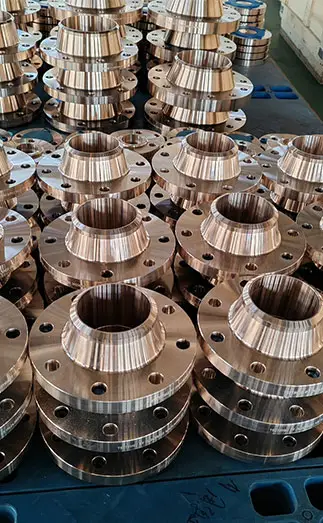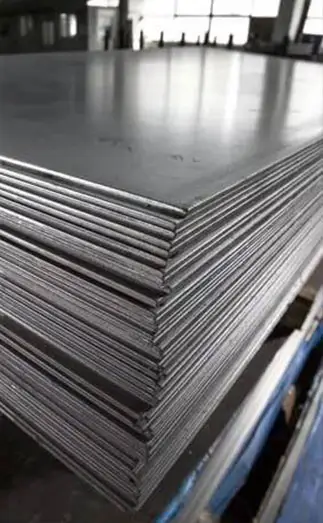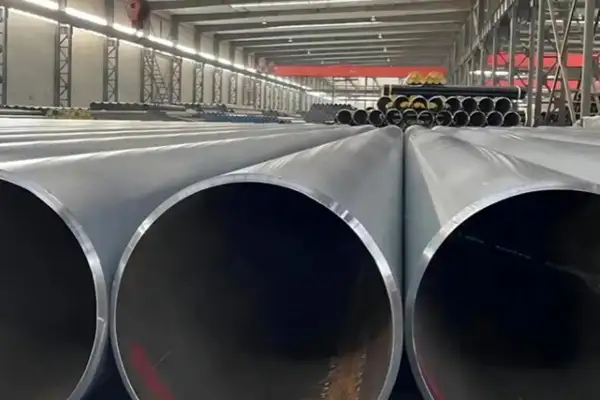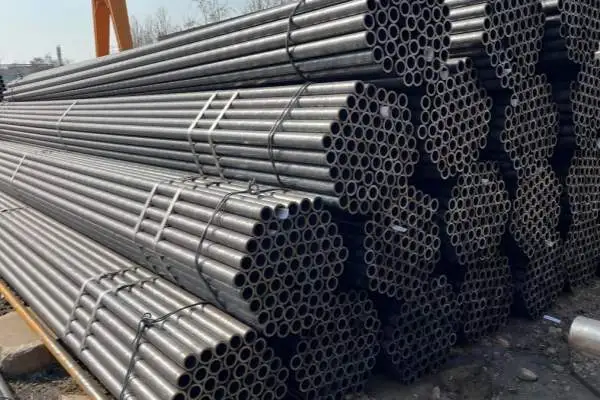Boiler tubes are essential components in boiler systems, responsible for transporting high-temperature and high-pressure steam, water, or other media. Because they operate under harsh conditions, these tubes must feature high heat resistance, pressure resistance, corrosion resistance, and reliable mechanical properties. To guarantee safety and quality, a range of international standards has been established, covering materials, manufacturing, and inspection requirements.
Super Steel Manufacturing Co.,Ltd is professional steel pipe manufacturer, for more details, please contact:sales@super-steels.com
ISO International Standards
The ISO 9327 series defines chemical composition, mechanical properties, dimensional tolerances, and inspection methods for seamless steel tubes used in boilers and pressure vessels, particularly in high-temperature, high-pressure environments.
The ISO 9330 standard applies to welded boiler tubes for medium- and low-pressure systems. ISO standards are widely adopted to support international trade and consistency.
ASTM (American Society for Testing and Materials)
ASTM has developed several key standards:
ASTM A192/A192M
Seamless carbon steel tubes for high-pressure boilers, especially with thin walls and small diameters.
ASTM A213/A213M
Seamless ferritic and austenitic alloy steel tubes for boilers, superheaters, and heat exchangers.
ASTM A335/A335M
Seamless ferritic alloy steel pipes for high-temperature service.
ASTM A179/A179M
Seamless carbon steel tubes for condensers and heat exchangers in low- and medium-pressure boilers.
EN European Standards
The EN 10216 series defines requirements for seamless tubes for boilers and pressure vessels:
EN 10216-2
Non-alloy and alloy steel tubes for high-temperature and high-pressure conditions.
EN 10216-3
Alloy steel seamless tubes for boiler and pressure vessel use.
Additionally, EN 12952 addresses water-tube boiler design and manufacturing.
JIS (Japanese Industrial Standards)
JIS G3461
Carbon and alloy steel seamless tubes for boilers and heat exchangers (medium to high pressure).
JIS G3462
Alloy steel seamless tubes for high-temperature, high-pressure boilers and heat exchangers.
GB (Chinese National Standards)
GB 5310
Seamless steel tubes for high-pressure boilers, using materials such as 20G, 15CrMoG, and 12Cr1MoVG.
GB 3087
Seamless steel tubes for low-pressure boilers and general applications.
ASME (American Society of Mechanical Engineers)
ASME SA192
Seamless carbon steel tubes for high-pressure boilers.
ASME SA213
Seamless ferritic and austenitic alloy steel tubes for boilers, superheaters, and heat exchangers.
DIN (German Standards)
DIN 17175
Seamless steel tubes for high-temperature service, using alloy steels such as St35.8, St45.8, and 15Mo3.
BS (British Standards)
BS 3059
Seamless steel tubes for boilers and superheaters, suitable for high-temperature and high-pressure use.
Conclusion
Boiler tube standards from ISO, ASTM, EN, JIS, GB, ASME, DIN, and BS ensure that tubes meet stringent requirements for performance and safety under extreme conditions. While regional standards differ, they all aim to enhance durability, efficiency, and safety in boiler operations. Selecting the correct standard depends on specific project conditions such as pressure, temperature, and environment, ensuring reliable long-term operation of boiler systems.



 English
English Español
Español Français
Français بالعربية
بالعربية